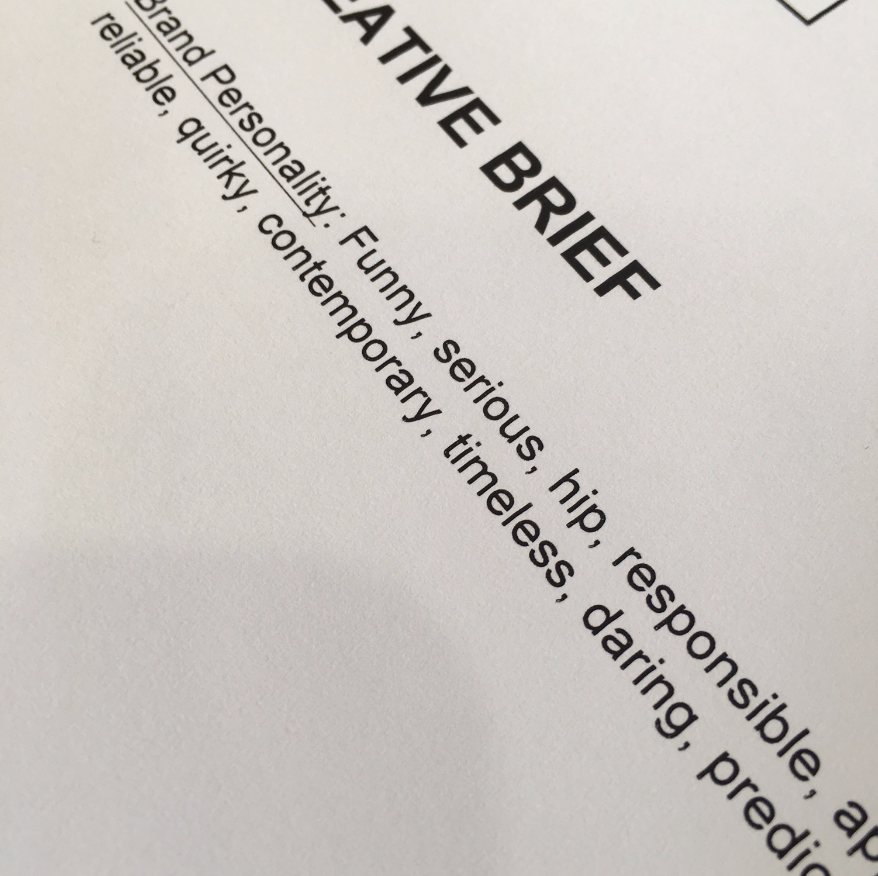We’ve been thinking a lot about briefs lately. No, not the cotton variety with the stretchy waistband. The creative briefs (sometimes called strategic briefs) that serve as the springboard for creative messaging.
Our collective assessment: our briefs just aren’t tight enough. And more often than not, it’s because the commissioner of the work lacks the discipline it takes to commit to a singular key message. They want to pack in everything. Or worse, put the onus on the creative process to uncover the strategy.
There’s a misguided belief that an open-ended brief will liberate creative minds and lead to blue sky thinking. “Let’s just see what you guys come up with” tends to be the famous last words. (That’s right up there with “I’ll know it when I see it.”)
But here’s the misnomer. Total freedom absent of boundaries does not lead to great work. It leads to confusion and lost time. When you’re a challenger brand going up against competitors who have stronger name recognition and more marketing dollars, there’s no better way to shoot yourself in the foot than to be unfocused.
“Give me the freedom of a tight brief.”
- David Ogilvy
Whether you’re the one commissioning the work, providing inputs for the brief or actually scribing the brief, here are some questions to ask yourself before going through the arduous effort of synching up calendars for a kickoff meeting:
Is the creative brief both creative and brief? As a focused springboard for inspired creative, this document should inspire great work while also being a shining example of brevity. A great brief has never come in contact with a stapler.
What’s your Why? Belief is the first step to bringing out your challenger within. Belief in why you do what you do. Belief determines your business goals and helps you avoid obstacles. Belief exudes a persona that evolves customers into advocates. When they believe what you believe, you can’t be defeated.
Is it honest? If you’re promoting something that isn’t entirely unique, go ahead and state that. Too many briefs are packed with “industry leading” and “innovative.” Sugarcoating the challenges only leads to product misrepresentation.
Is it overloaded with adjectives? “We want to be fun and innovative and personable and trustworthy and quirky.” Huh? Not possible. Pick one and own it.
Is creative being asked to solve strategy? This isn’t the creative’s role, but it happens all the time. Avoid this by having a clear strategy and key message in the brief. Make sure it is signed off on by key clients, client stakeholders and the peanut gallery that shows up when it’s time to review work. Then – and only then – let your creative team go hog wild.
Has the production budget been clearly articulated? Without a clear idea of the budget available to execute an idea, a piece of creative runs the risk of being born dead. Remember, resourcefulness is a form of creativity. The team just needs to know the ground rules.
Empowered challenger brands that are winning in today’s marketplace know who they are, what they stand for and the importance of being consistent across all touch points. And their commitment to focus begins with the creative brief. So if you’re not happy with your creative product – or the results that creative is yielding – it might be time to change your briefs.


